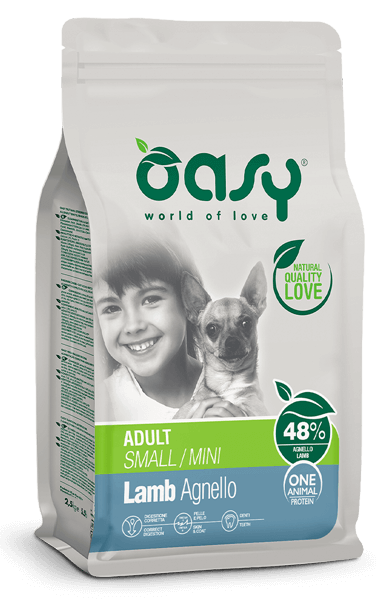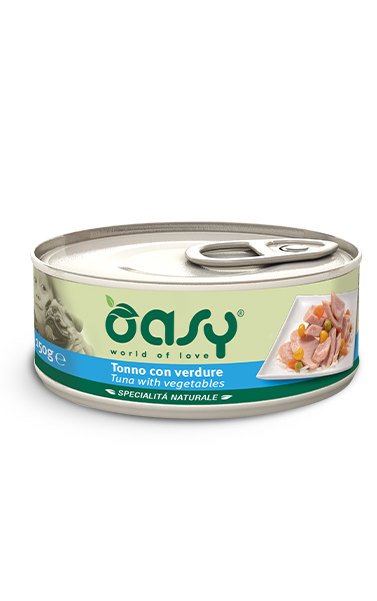Over the past years climate has been drastically changing, with seasonal weather trends becoming more and more atypical. That’s why today it is possible to find “out of season” fleas also during Winter.
Adult fleas’ life lasts only a few weeks, while flea larvae can survive in the environment for months, depending on temperature and humidity. Thanks to heaters, fleas can survive in an in-house environment, increasing their number and keeping on infesting your cats and dogs.
Many “pawrents” think that during cold season fleas are almost absent, thus suspending antiparasitic treatments – both external or using collars – for their pets. Unfortunately, this is not true and it is very important to always keep pets protected instead.
How to identify fleas
If you four-legged friend often scratches or suddenly stops and bites their tail base, then they could have fleas. Such small parasites are not really visible to the naked eye, so be very careful when checking your pet’s coat and skin: if you find small black dots - namely fleas’ excrement – this is final proof they’re there.
Pets’ itching is not actually caused by parasite number, rather by toxins contained in flea’s saliva. The more your pet is sensitive to such toxins, the more itching will be intense. This condition can gradually lead to the so-called FAD (flea allergy dermatitis), which causes hair loss and skin lesions. If not properly treated, having fleas becomes a normal condition, building up a tolerance in pets, which can even result in a resistance to antiparasitic treatments.
FAD should be treated with proper flea medicines – in case of severe dermatitis vet treatment may also be necessary – and itching should always be monitored. In such situation, a healthy diet is fundamental: complete foods prepared with carefully selected ingredients and including proper amounts of proteins, Omega-3 and Omega-6 fatty acids would certainly support pets’ healthy skin and coat.


